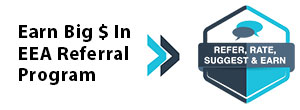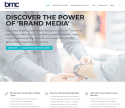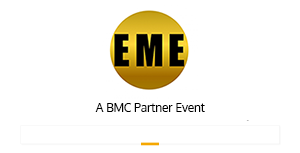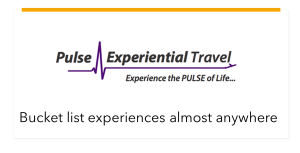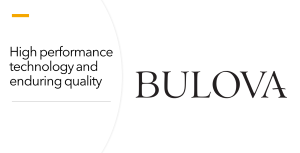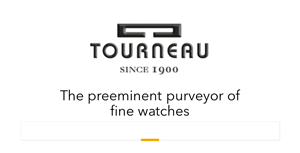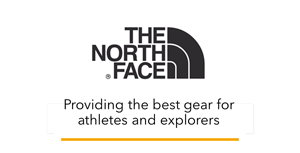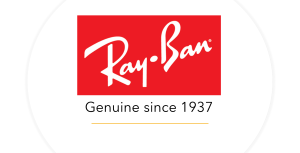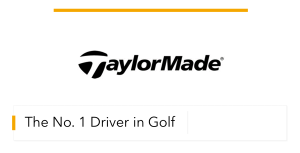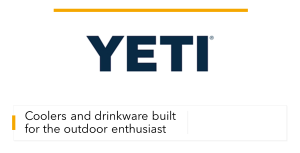Effective Practices: How to Transform Incentive and Recognition Impact through OKRs
.png) Using an Objectives and Key Results (OKR) framework can not only produce better outcomes but gain the buy-in of senior management for effectively designed incentive and recognition programs.
Using an Objectives and Key Results (OKR) framework can not only produce better outcomes but gain the buy-in of senior management for effectively designed incentive and recognition programs.By Paul Cohen
OKRs and KPIs
Putting OKRs to Work in Incentives and Recognition
An OKR Example: Juniper Networks
The Applications to Incentives, Recognition, and Rewards
Click here for EEA sponsors; here to subscribe, and here for an RRN media kit.
Note: This article is part of the growing RRN Effective Practices series designed to help enhance value creation through people.
The time has come to disrupt our current status quo when it comes to reward and recognition programs. By every indication, the growth of the recognition industry has stalled despite a proliferation of technology options. This I believe is primarily because of a lack of meaningful design and measurement focused on the impact of these efforts, rather than on the activities involved. By designing incentive, recognition, and other engagement efforts with both organizational and team OKRs, there is a better chance of achieving the desired outcomes and of getting management buy-in for future investments.
The adoption of the OKR framework is simple and scalable. OKRs achieve enhanced results because they focus teams not only on the purpose, goals, and objectives of a specific effort, but on the actions most likely to yield the desired results. Moreover, when properly utilized, they align with and support the overall organizational OKRs, something senior management generally likes to hear.
Whether running an incentive program for sales, channel, or non-sales employees to successfully launch a new product or service, or designing a recognition program to enhance productivity and service quality, OKRs provide a process for harmonizing the interests of all people involved toward a common purpose, goals, and objectives, with a focus on the actions most likely to yield the desired results consistent with organizational objectives and values.
OKRs and KPIs 
OKRs and KPIs (key performance indicators) are widely used in business for somewhat different purposes and often in tandem. OKRs focus on setting generally ambitious goals for an organization or team that include a clearly defined objective and up to three to five metrics that measure the activities considered most likely to achieve the objective.
As an example, an OKR for a sales incentive program might be to increase sales by 10% by: making more cold calls or presentations; contributing more highly qualified names to the permission-based marketing program; successfully accomplishing sales training, etc. For a recognition program, the OKR might be to increase productivity and customer satisfaction, with other metrics for enhancing project cycle times; successfully attending a training program on project management, and customer engagement measures.
KPIs focus more specifically on measuring specific activities or processes, using quantifiable metrics to measure success. Rather than being used for specific initiatives, as is common with OKRs, KPIs often are built into the organization’s operating or internal reporting system on an ongoing basis. OKRs can change from year to year, quarter to quarter, or as needed; KPIs tend to be standardized evergreen metrics.
OKRs can be deployed to achieve a specific task objective, such as a new product launch, or cost-cutting effort, or in a specific division or facility. Ideally, they are deployed from the very top to the front lines to foster organizational wide alignment and focused efforts.
One big advantage of OKRs is avoidance of sand-bagging of results—a behavior often in sales or related incentive programs when it’s more advantageous to delay a sale or speed it up. When the performance improvement effort supports the overall organizational goals, there is little incentive to manipulate timing.
Most organizations use both OKRs and KPIs.
Putting OKRs to Work in Incentives and Recognition
1. The first step in designing any type of performance improvement or engagement effort is to identify if possible the OKRs of the overall organization, or, if you are the CEO, ensure that there are clear OKRs in place. What is the organization’s key focus for that year and the stakeholders and steps necessary to achieve them.
Note that there is a better chance of achieving an ambitious organizational goal if the interests of all the shareholders, stakeholders, customers, employees, distribution and supply chain partners, etc. are harmonized toward the goal with the tools, information, and incentives, etc., necessary to achieve them. Since each stakeholder plays a different role, there are in effect specific OKRs for each group that, if achieved, enhance the organizational OKRs.
Using this approach, if each of the stakeholder groups achieve the goals in their own group, there’s a better chance the organization will achieve its overall OKRs. To ensure organizational buy-in, when possible, involve representatives of the relevant group or divisions in the process of establishing the OKRs.
2. Set reasonable “stretch” objectives that support overall organizational goals. If possible, look at the results of past performance improvement efforts—what percent of the goal was accomplished. Whatever that percentage, increase it but not to a point where it seems utterly unattainable.
3. Carefully identify your steps to success metrics. What specific actions if performed more often or more effectively, will yield the desired approach. Make sure the steps are realistic, easily tracked, and difficult to game.
4. Make sure the plan includes clear, easily digestible information with pithy reminders; whatever training is needed of managers and employees, and ongoing surveys, feedback, or other ways for participants to voice concerns or suggestions on a real-time basis.
An OKR Example: Juniper Networks
As Chief of Best Possible and Transformation and related roles at Juniper Networks for 11 years, I had a chance to test these practices, which were based on previous years of work in business strategy, management and logistics.
Juniper Networks incorporated the achievement of the company level OKRs into the formula for the employee bonus programs. Company level OKRs were set by CEO staff to support its strategic initiatives.
With the company OKRs in place, the process cascaded throughout the organization with each team defining OKRs on how their groups can specifically support strategic initiatives. In this scenario, everyone has a set of measurable outcomes. Typically, using OKRs, organizations will find teams holding each other accountable should they not be stretching enough toward the best possible outcomes.
In two years of using OKRs, employee understanding of the company’s strategic priorities went from 55% to 98%, results I have seen in other instances. Having everyone understanding how they affected organizational goals helped the company achieve them.
In my experience, additional immediate benefits come in the form of the alignment, accountability, silo crushing, transparency and ensuring that everyone is focused on what matters most to the success of the company. When it comes to employee engagement, companies that have adopted properly woven OKRs into their program design I believe will see a positive impact on their employee engagement survey questions like:
- I feel my voice is heard (valued contributions)
- My work is recognized and valued (employee happiness quotient)
- I see myself working here in two years (reducing turnover)
- I understand how my work contributes to the success of the company (sense of purpose and belonging.)
The Applications to Incentives, Recognition, and Rewards
Think of programs using OKRs as a team sport. Because of their flexibility, they can be changed based on the current goals and objectives of a team or the organization, as long as they are part of an effort of suitable length to achieve success. Because most organizations can estimate the value of achieving a stretch goal, it is usually not difficult to establish an overall value and how much can be shared with teams or individual employees in the spirit of gainsharing and expressing authentic appreciation.
OKRs lend themselves to incentives and recognition because they account for both the company or team results, as well as the specific steps to success. So, the effort can include a team or company award, and then rewards for individuals based on how well they contributed by focusing on the actions of most value based on the OKRs.
For More Information
Paul Cohen
Chief of Best Possible
OKRs123.com
paul.cohen@okrs123.com
Enterprise Engagement Alliance Services
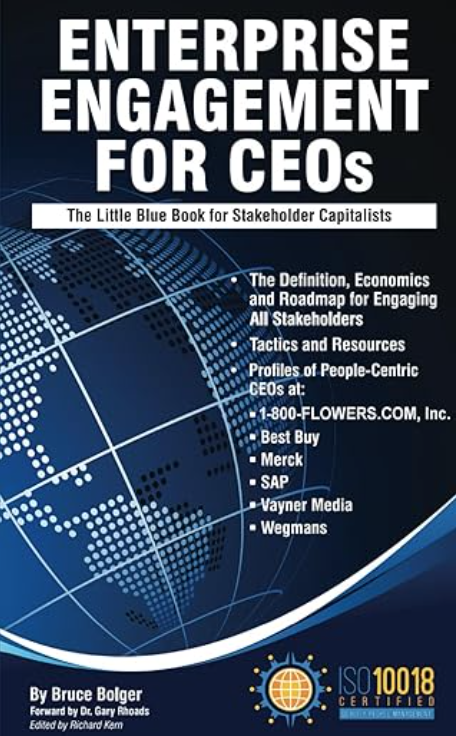
Celebrating our 15th year, the Enterprise Engagement Alliance helps organizations enhance performance through:
1. Information and marketing opportunities on stakeholder management and total rewards:
ESM Weekly on stakeholder management since 2009; click here for a media kit.
RRN Weekly on total rewards since 1996; click here for a EEA YouTube channel on enterprise engagement, human capital, and total rewards insights and how-to information since 2020.
2. Learning: Purpose Leadership and Stakeholder
 Management Academy to enhance future equity value and performance for your organization.
Management Academy to enhance future equity value and performance for your organization.3. Books on implementation: Enterprise Engagement for CEOs and Enterprise Engagement: The Roadmap.
4. Advisory services and research: Strategic guidance, learning and certification on stakeholder management, measurement, metrics, and corporate sustainability reporting.
5. Permission-based targeted business development to identify and build relationships with the people most likely to buy.
6. Public speaking and meeting facilitation on stakeholder management. The world’s leading speakers on all aspects of stakeholder management across the enterprise.


